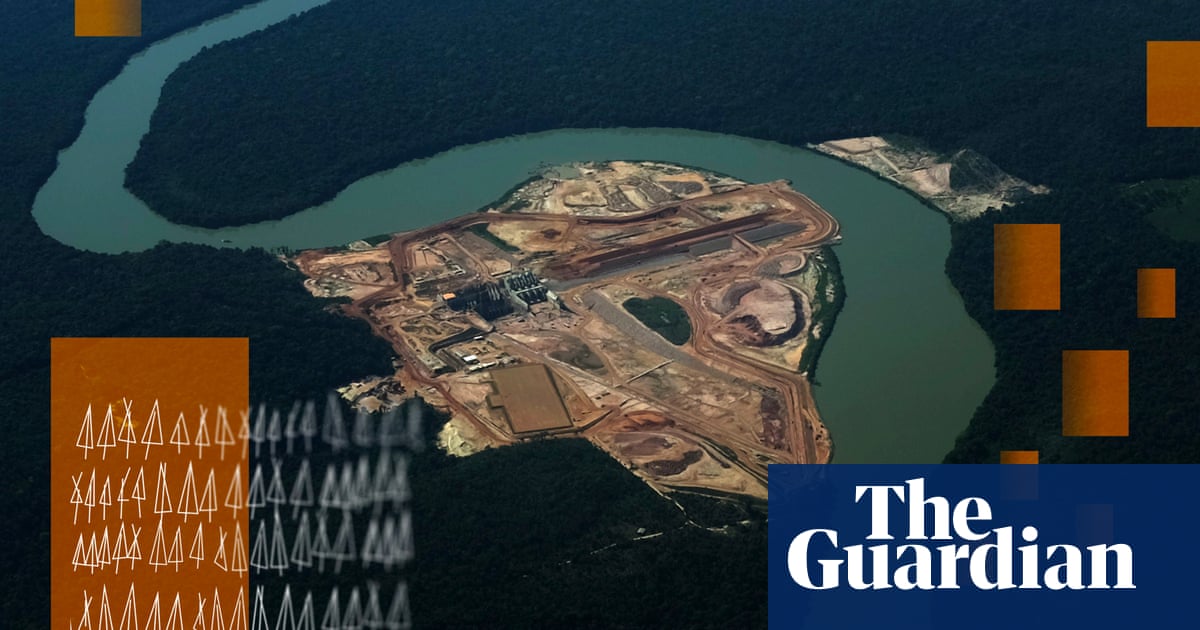Since June we (East Texas) have been running mid 90s to low 100sF (32-40C) with with hear indexes about 110F, lows of 85F (29C) at night. A high pressure dome of heat parked over the Central US bringing no rain (at least to Texas) for several weeks and high temps. Comparing F to C. I prefer the spread of F over C, but consider I grew up with F. A recent trip to Corpus Christi we saw large large fields of immature brown/dead corn.
An alarming report is that the Oceans are turning green (more plant matter growing) due to the rise of temps, sharks are reported as dying. Another report said that El Niño usually causes a reduction of Atlantic hurricane activity, but with oceans heating up, that may change.
I never thought I would be living in such a transitional period for the Earth. We have been warned for 40 years, yet as a species, we just blunder along until we are smacked upside the head.
An alarming report is that the Oceans are turning green (more plant matter growing) due to the rise of temps, sharks are reported as dying. Another report said that El Niño usually causes a reduction of Atlantic hurricane activity, but with oceans heating up, that may change.
I never thought I would be living in such a transitional period for the Earth. We have been warned for 40 years, yet as a species, we just blunder along until we are smacked upside the head.






